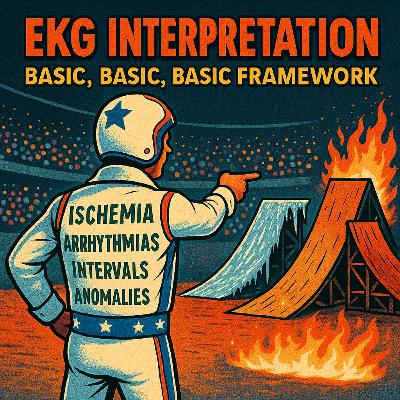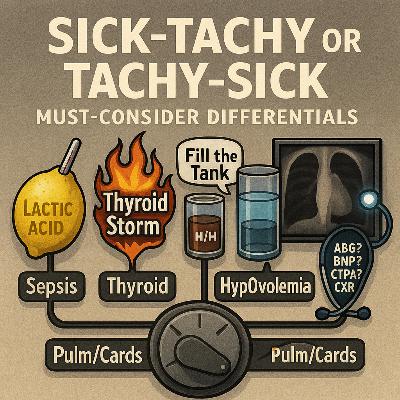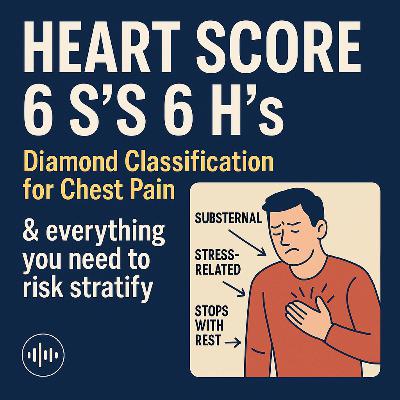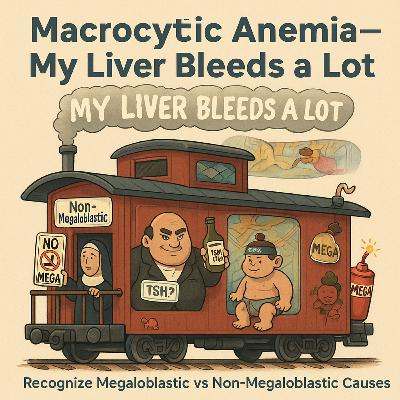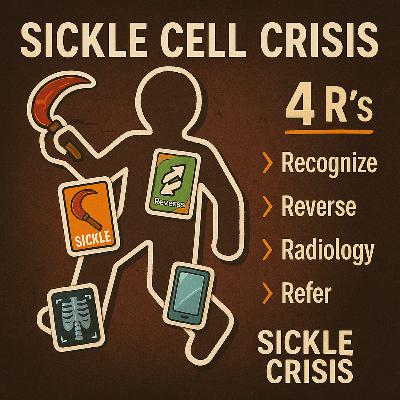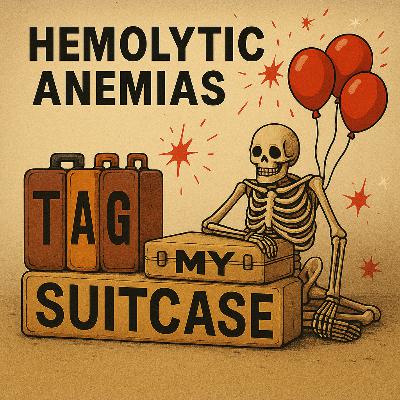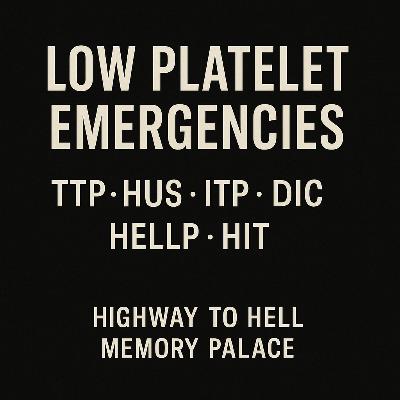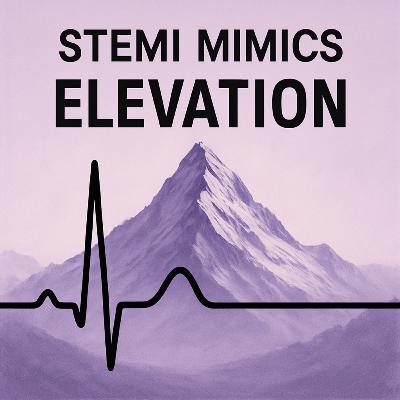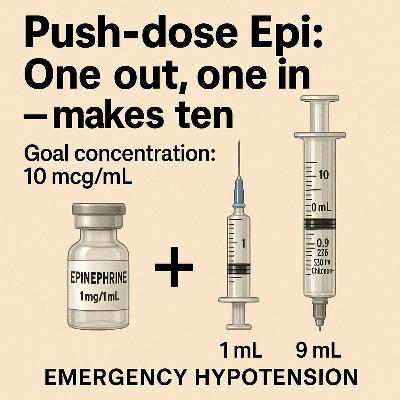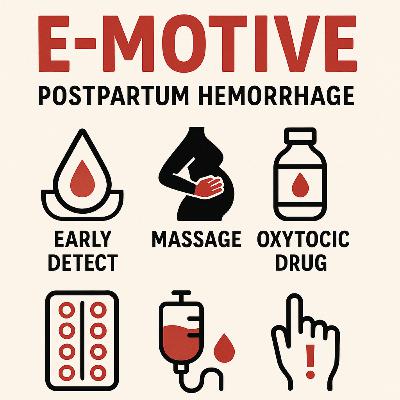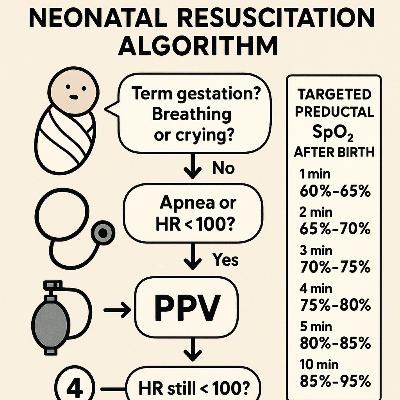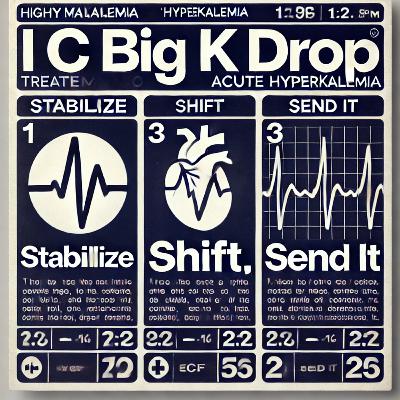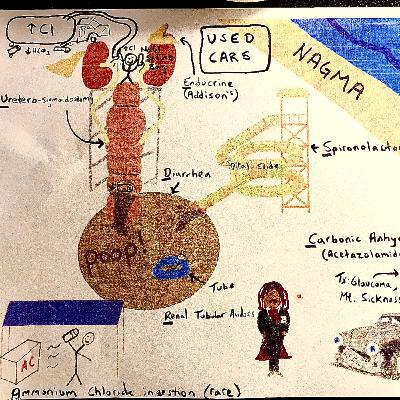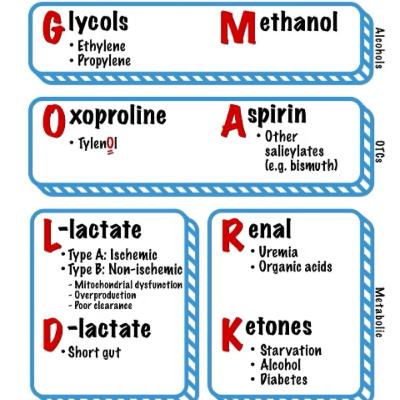EKG Basic Basic Basic Framework for EM Docs: Ischemia, Arrhythmias, Intervals, Anomalies
Description
This is the most basic, essential framework for EKG interpretation — built for emergency medicine clinicians who need clarity, speed, and confidence in the heat of the moment.
Our brains are wired for movement and story. Just like remembering your morning routine — wake up, brush teeth, grab caffeine — we naturally recall sequences that follow a simple, visual narrative. In this episode, we harness that power by turning EKG interpretation into Evel Knievel’s most daring stunt ride. It’s not just a fun story — it’s a high-yield, easy-to-remember mental checklist that sticks, even under pressure.
🏥 Why it works in the ED:
In emergency medicine, chaos is the norm. We don’t have time to think academically when a STEMI or arrhythmia is staring us in the face. That’s why we built this vivid, memorable sequence — rooted in the high-performance principle Michael Phelps used to win 23 Olympic gold medals: a set routine. You don’t rise to the occasion. You fall back on your training.
🏁 What you’ll hear in this episode:
- 🏍️ Evel Knievel enters the EKG stadium: First, he scans for the big stuff — STEMI and reciprocal changes.
- 🛠️ Check engine light: T-wave inversions on his digital monitor.
- 📈 RPMs climbing: Smooth R-wave progression across the precordial leads.
- 🔍 Arrhythmia check: Is there a P for every QRS?
- 📏 The perfect ramp: PR interval = Evel’s takeoff — 120–200 ms.
- 🛵 Mobitz moped warning: PR lengthens before crashing (Wenckebach).
- ❌ Sudden moped disappearance: Mobitz II.
- ⚫ Unicycle of doom: Third-degree block — P and QRS totally disconnected.
- 🧠 Anomalies & Final Scan: Brugada, hyperkalemia (peaked Ts), Osborn waves, and when to order a posterior EKG.
🚨 Key Takeaways to Remember:
- This story is your reliable sequence: scan for ischemia → check for arrhythmia → assess intervals.
- STEMI? Look for elevation + reciprocal depression — including the often-missed posterior wall (V7–V9).
- Rhythm? Ask: Is there a P for every QRS?
- PR = takeoff ramp. QT = safe landing zone.
- Mobitz I = gradual PR lengthening → dropped beat.
- Mobitz II = PR stays the same → sudden drop.
- Third-degree block = P and QRS divorced — high risk of instability.
- Brugada = beware of the “grave cross” in V1–V2. Ask about family history of sudden cardiac death.
- Prolonged QT = risk of torsades, syncope, or V-fib — know when to shock.
🎧 This is your EKG blueprint. Your Michael Phelps routine. Your Evel Knievel ride to interpretation mastery.
Let’s ride.

